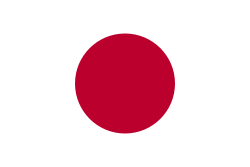Japan Unveils Advanced Railgun to Counter Hypersonic Missiles
 Japan
JapanEmergency services in Yashio City, Saitama Prefecture, are conducting a rescue operation after a large sinkhole opened up at a busy intersection, swallowing a truck with a driver inside. The incident occurred just before 10 a.m. local time on January 28, 2025.
The sinkhole, estimated to be about the size of a swimming pool, measures approximately 10 meters wide and 5 meters deep. Preliminary reports indicate that the truck driver was initially conscious and able to communicate before becoming trapped under mud and sand.
Rescue teams faced challenges as the sinkhole's stability deteriorated, prompting adjustments to their approach. Local officials have stated that a corroded sewer pipe beneath the area may have contributed to the sinkhole's formation. The governor of Saitama Prefecture, Motohiro Ono, indicated that sediment surrounding the pipe likely flowed into it, creating a hollow space that ultimately collapsed.
As rescue efforts continue, teams are using a crane to attempt to lift the truck while also providing the driver with oxygen through a carefully drilled hole. The situation remains precarious, as there are concerns about further collapses.
This incident is one of several sinkhole occurrences in Japan in recent years, underscoring ongoing infrastructure challenges. The current status of the driver has not been confirmed as rescue operations continue.
 Japan
Japan Japan
Japan Japan
Japan